Special Report
26 Disaster Scenarios Caused by Climate Change
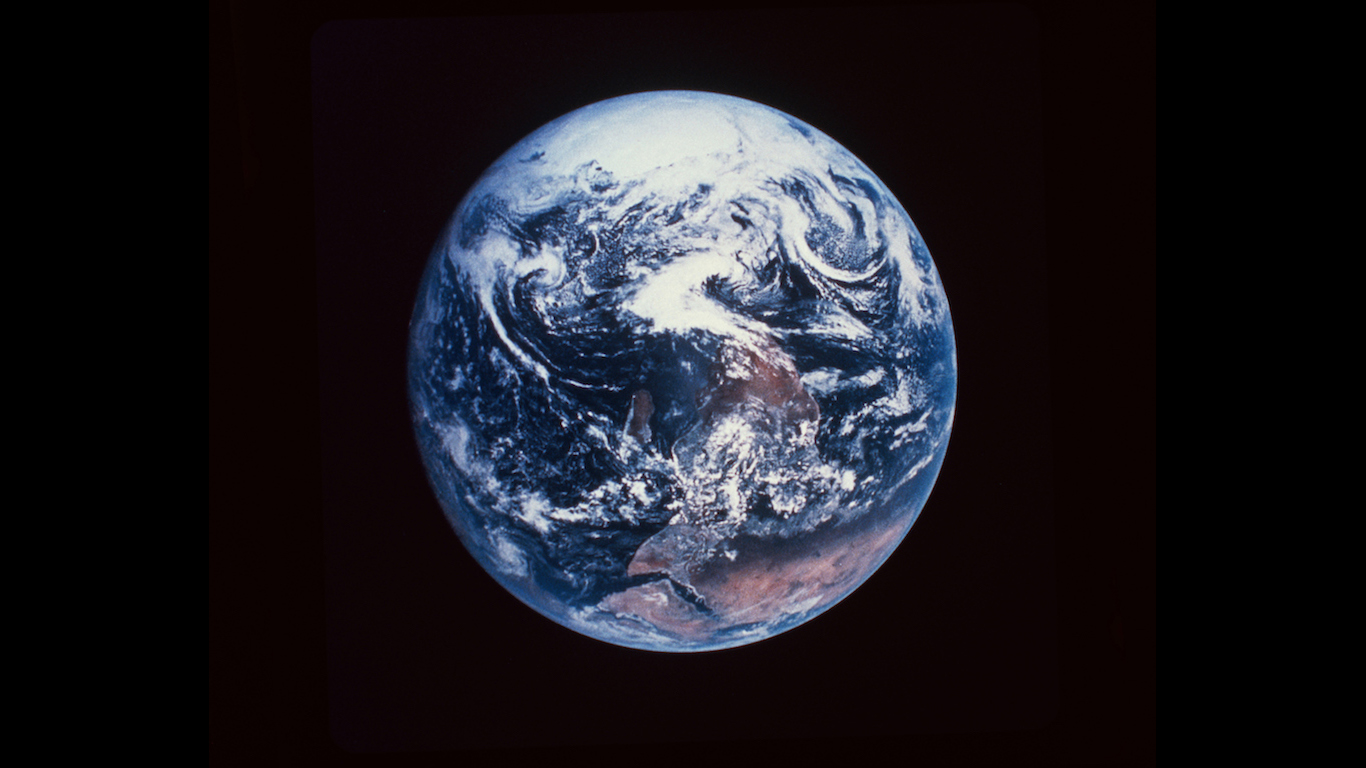
Published:
Last Updated:

A sobering report released by the Intergovernmental Panel on Climate Change in October 2018 highlighted the importance of keeping global warming below 1.5°C above pre-industrial levels. Today, average temperatures have already risen by about 1.0°C.
The difference in the expected outcomes of between a 1.5°C increase and 2.0°C, according to the IPCC, could be extreme, with the latter resulting in significantly more ice loss, sea level rise, species extinction, and severe changes in weather. However, even keeping global temperatures from rising by no more than 2.0°C will likely be a serious challenge for the global community.
Climate scientists agree that global carbon emissions will largely impact climate change. They project different scenarios depending on the amount and rate at which emissions will fall, remain the same, or increase. The “business-as-usual” scenario, referred to as RCP 8.5, considers no change in the world’s greenhouse gases emissions. Under this scenario, some estimate temperatures would rise by over 4.0°C over pre-industrial levels by the end of the century. Some anticipate even higher temperature increases.
In an interview with 24/7 Wall St., Ken Caldeira, a climate scientist working for the Carnegie Institution for Science’s Department of Global Ecology at Stanford University, told 24/7 Wall St. that while there are too many factors at play to confidently predict a single outcome, he views RCP 8.5 as the most likely scenario.
24/7 Wall St. consulted reports by groups such as the IPCC, NASA, the National Oceanographic and Atmospheric Association, the U.S. Global Change Research Program, and more to identify the potential effects of global climate change on the Earth and its inhabitants. Many of these predictions are based on average global temperature increases of at least 4°C above pre-industrial levels by 2100.
Click here to see 26 disaster scenarios caused by climate change.
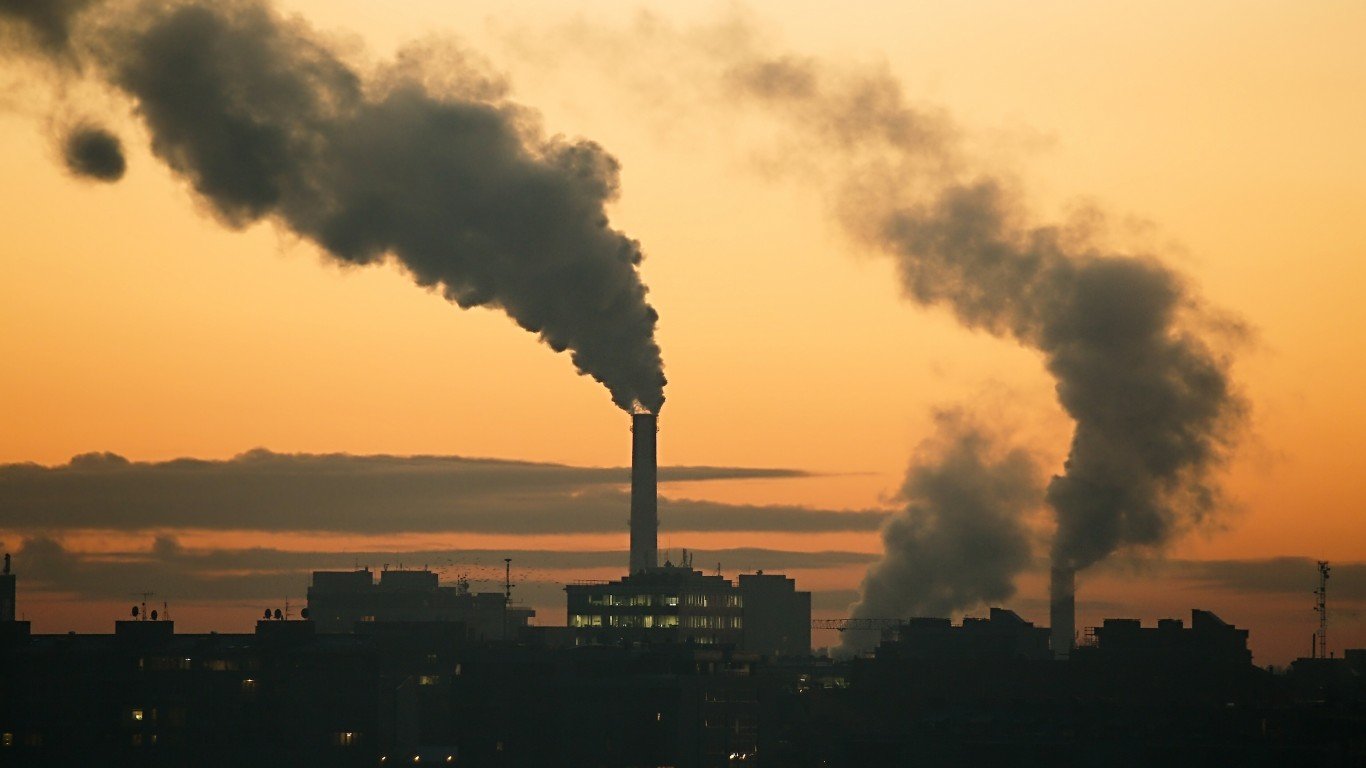
1. Rising temperatures
Global average temperatures could rise by over 4.5°C, or 8.0°F by 2100.
[in-text-ad]

2. Even higher regional temperature increases
Regional temperature increases could be much higher in places the like North Africa, the Mediterranean, and the Middle East. Summer temperatures could increase by as much as 18°F in some places.

3. Rising heat in the U.S.
Even in the United States, where temperatures are expected to rise less, average temperatures could rise by 8 to 10°F degrees by the end of the 21st century.
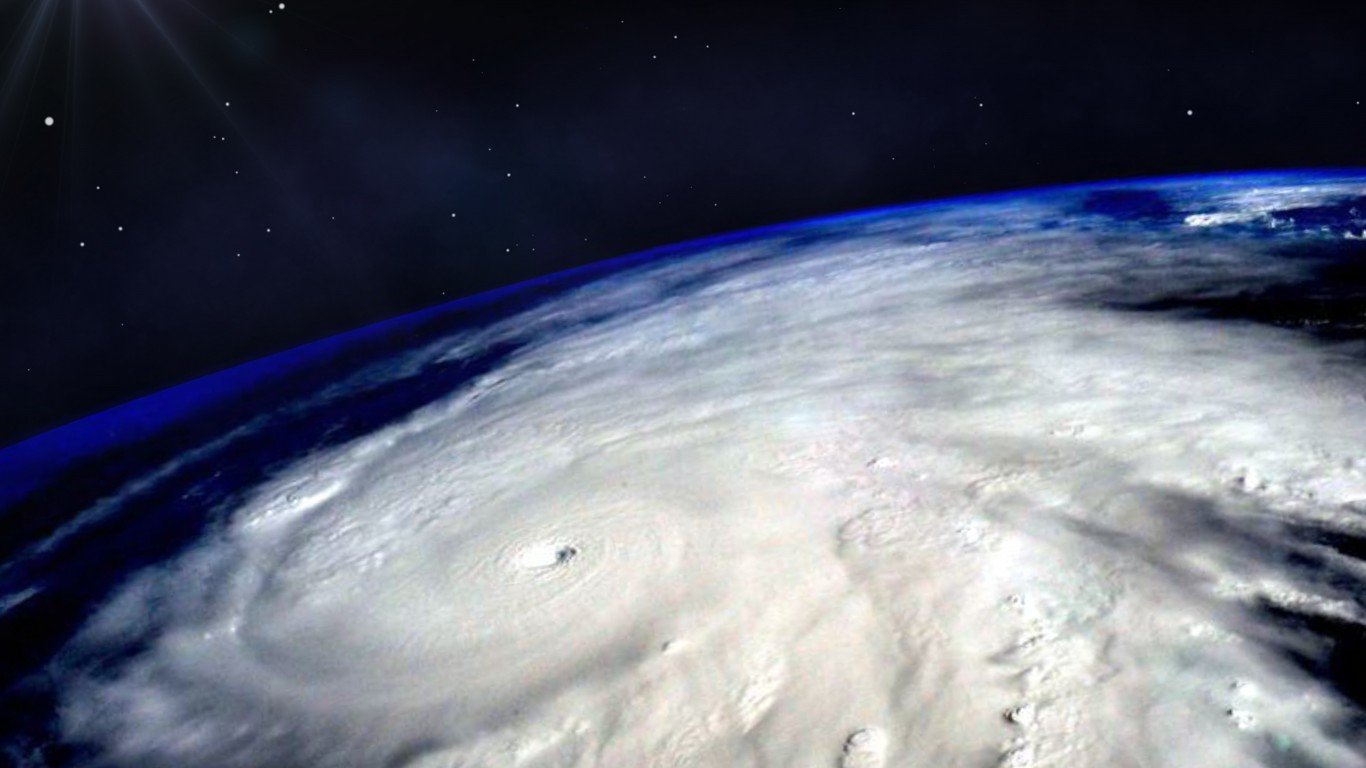
4. A rise in hurricane and storm activity
While the jury is still out on whether global warming has contributed to the recent run of serious hurricanes in the United States, scientists project global warming is likely to cause a major increase in the severity of these events in the future.
[in-text-ad-2]
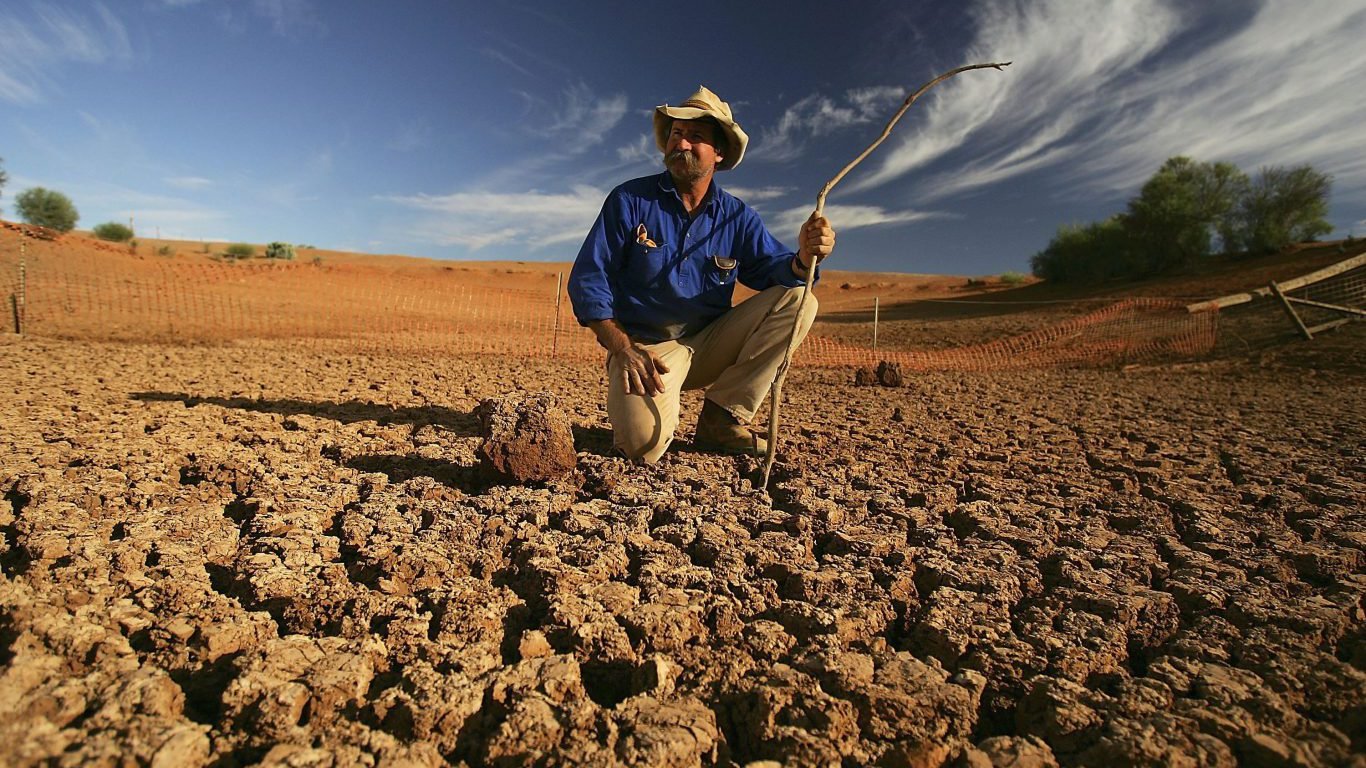
5. Drastic changes in weather patterns
More variable monsoon patterns and strong El Nino events will severely affect access to water water insecurity in Asia and other parts of the Pacific.
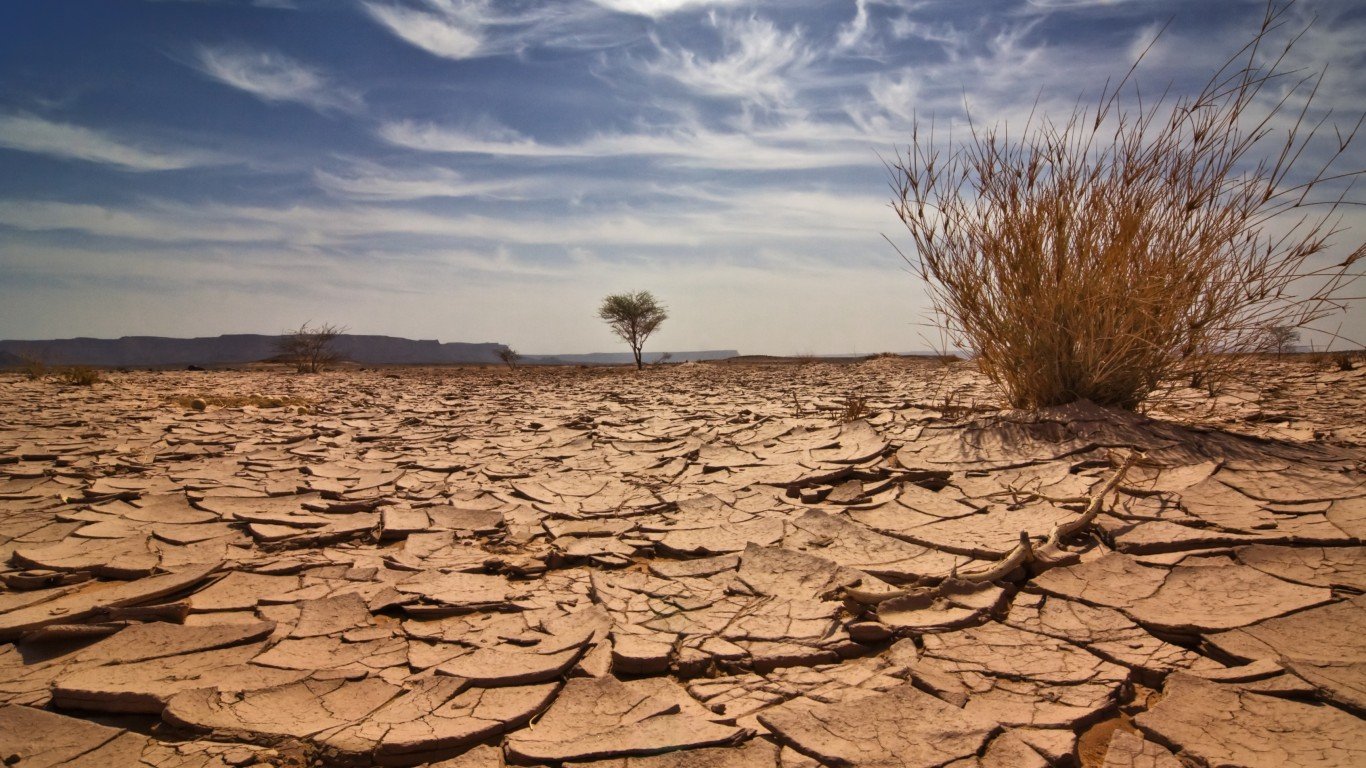
6. Reduced regional precipitation
Some scientists predict as much as a 10% decline in precipitation in the subtropics for each 1°C (1.8°F) of global warming.
[in-text-ad]
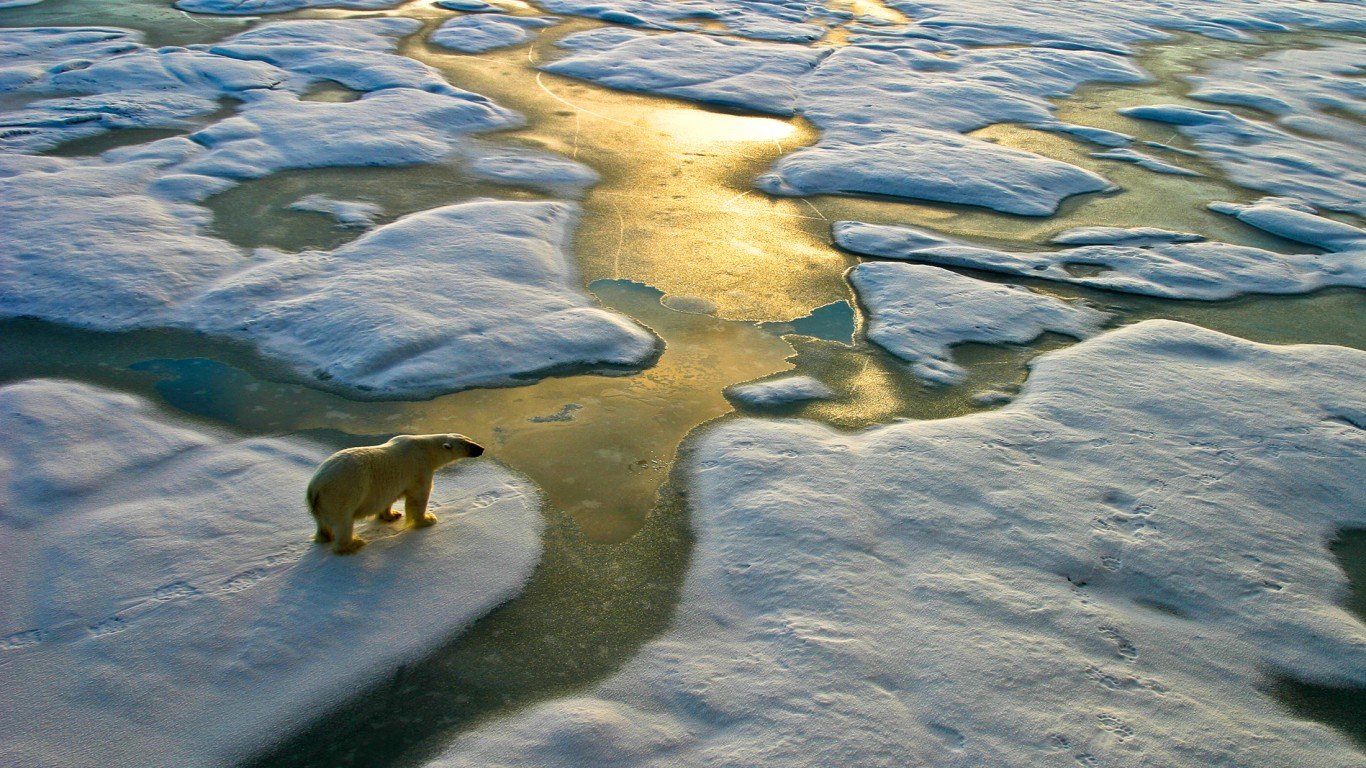
7. Arctic-free summers
If the Earth warms by 2°C above pre-industrial levels (we are now 1°C warmer), scientists predict one out of 10 summers in the Arctic will be ice free. Warming in excess of 4°C will likely further eliminate Arctic ice.
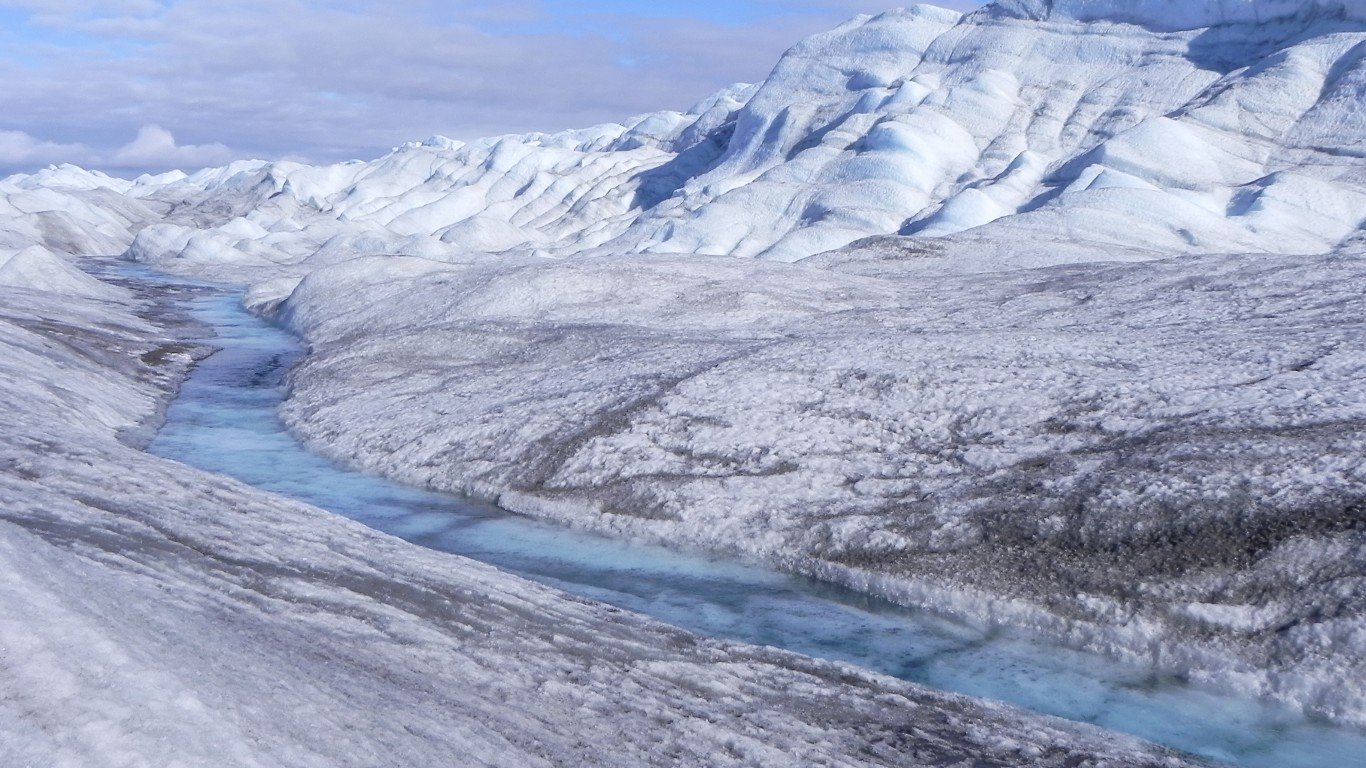
8. Greenland could completely melt
Greenland’s ice sheet melt is rapidly accelerating, and further temperature increases could cause the massive ice sheet to completely melt within a few hundred years.
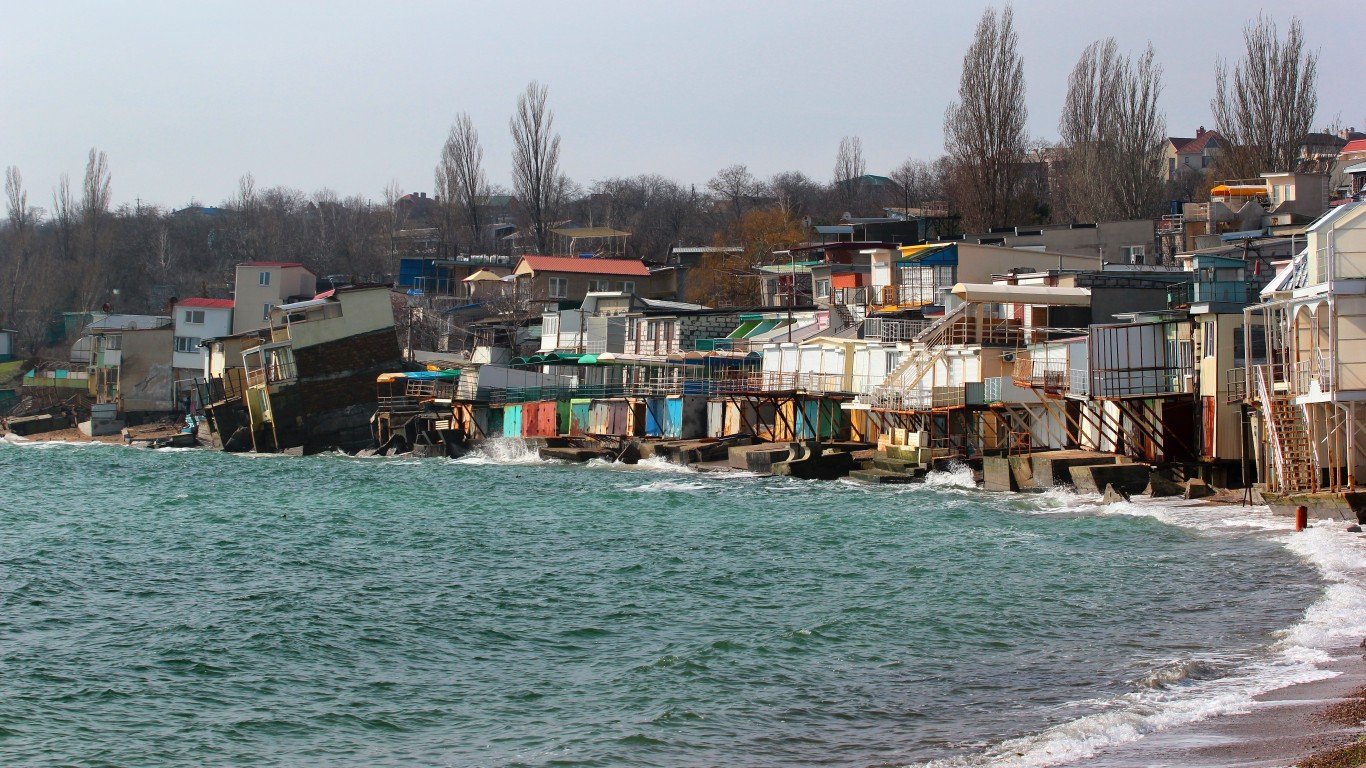
9. Sea level rise
Warming of 4°C will likely lead to a sea-level rise of at least 3 feet by 2100, with some estimates of the rise as high as 8.2 feet.
[in-text-ad-2]
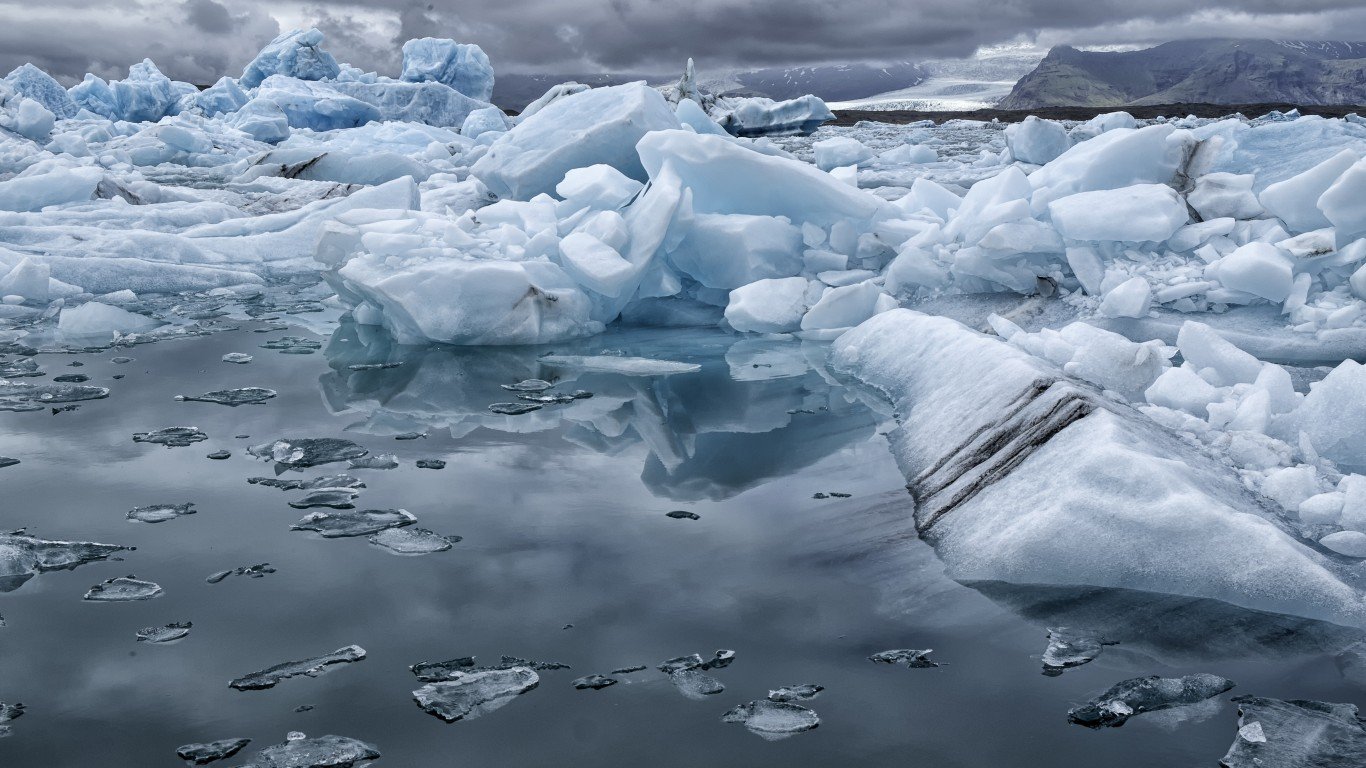
10. Long-term major sea level rise
In the longer-term, sea levels could rise by some as much as 50 feet.
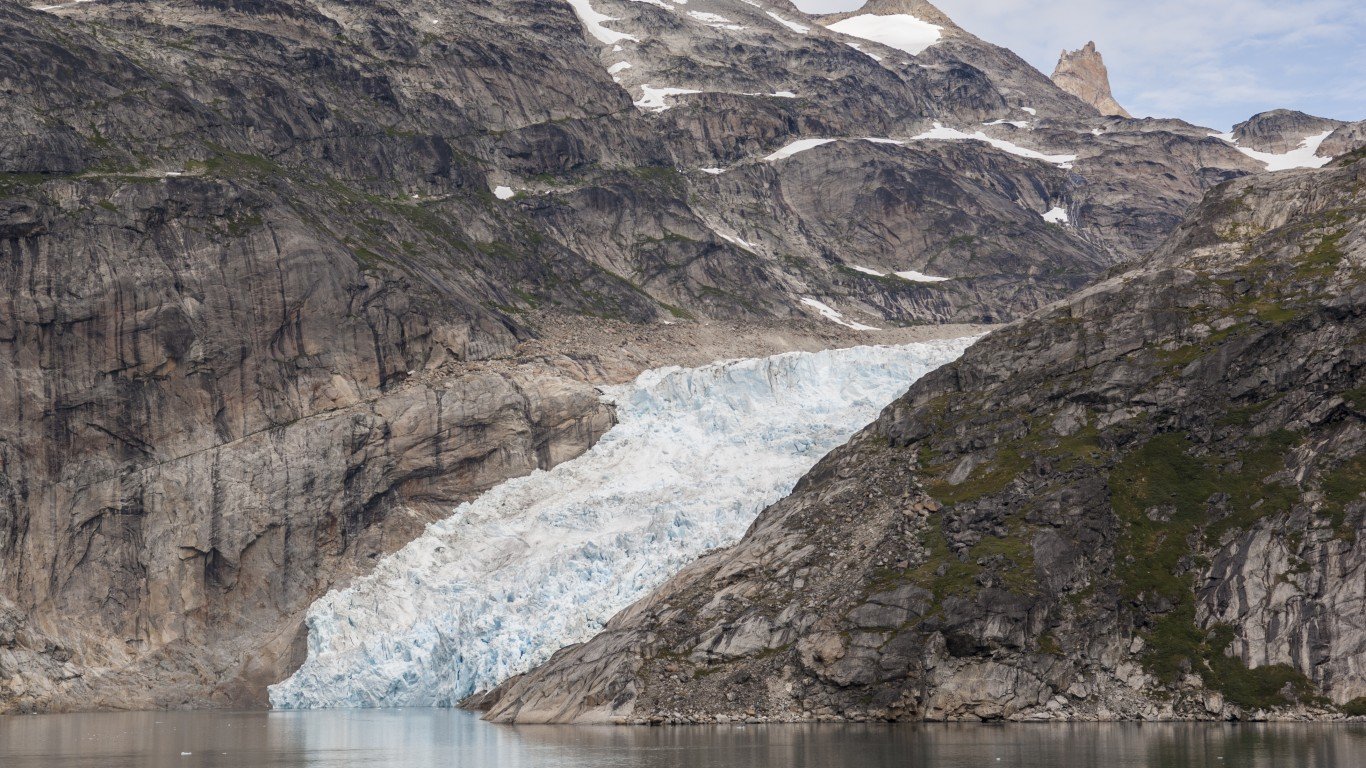
11. Global inundation
The eventual melt of both polar ice caps, which scientists predict is inevitable at a sustained 4°C warming, would in the long-term result in a sea level rise of more than 120 feet. The loss of the Greenland ice sheet would cause an even greater rise.
[in-text-ad]
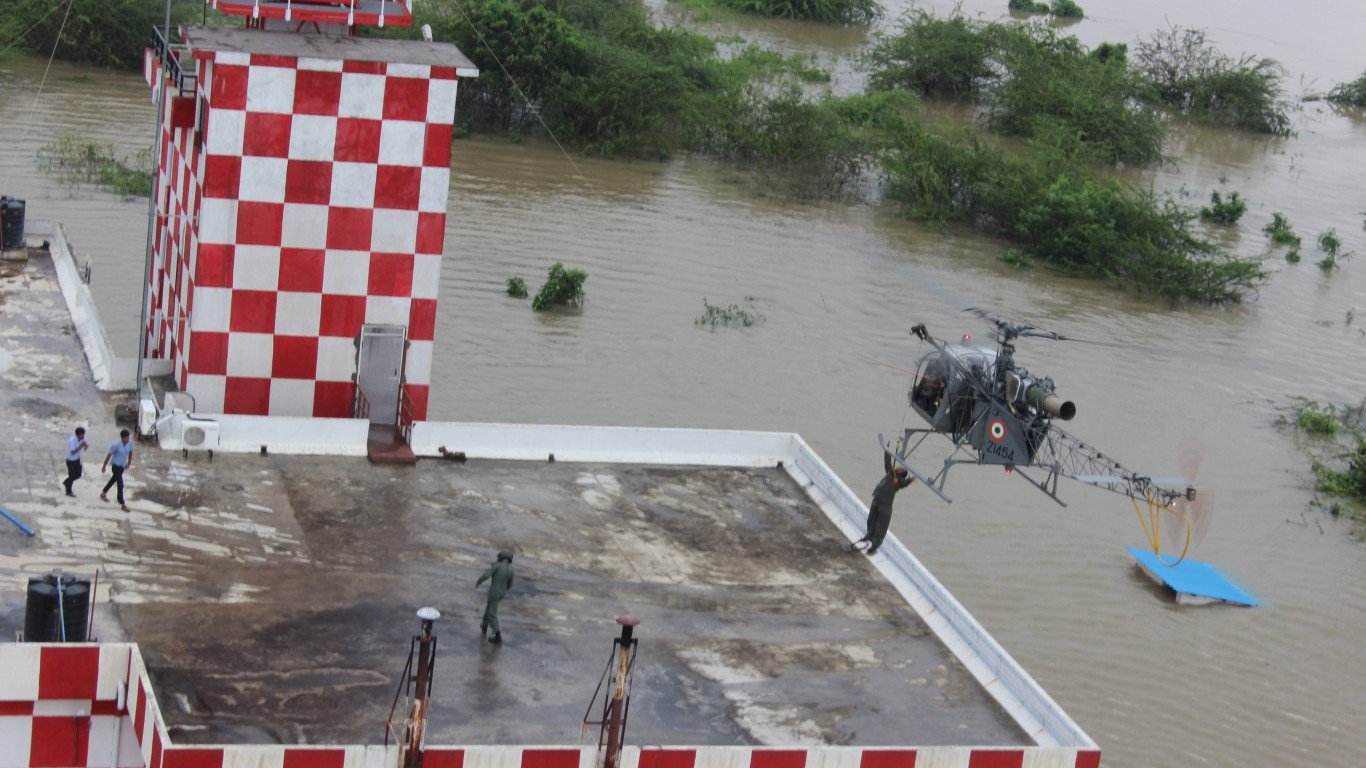
12. Flooding of coastal communities
An estimated 145 million people live at altitudes within 3 feet of sea level. Even with the more conservative sea level rise estimate of 3 feet, these people will all be displaced by the end of the century, including in places like the Netherlands, the United States, South Asia, and China.
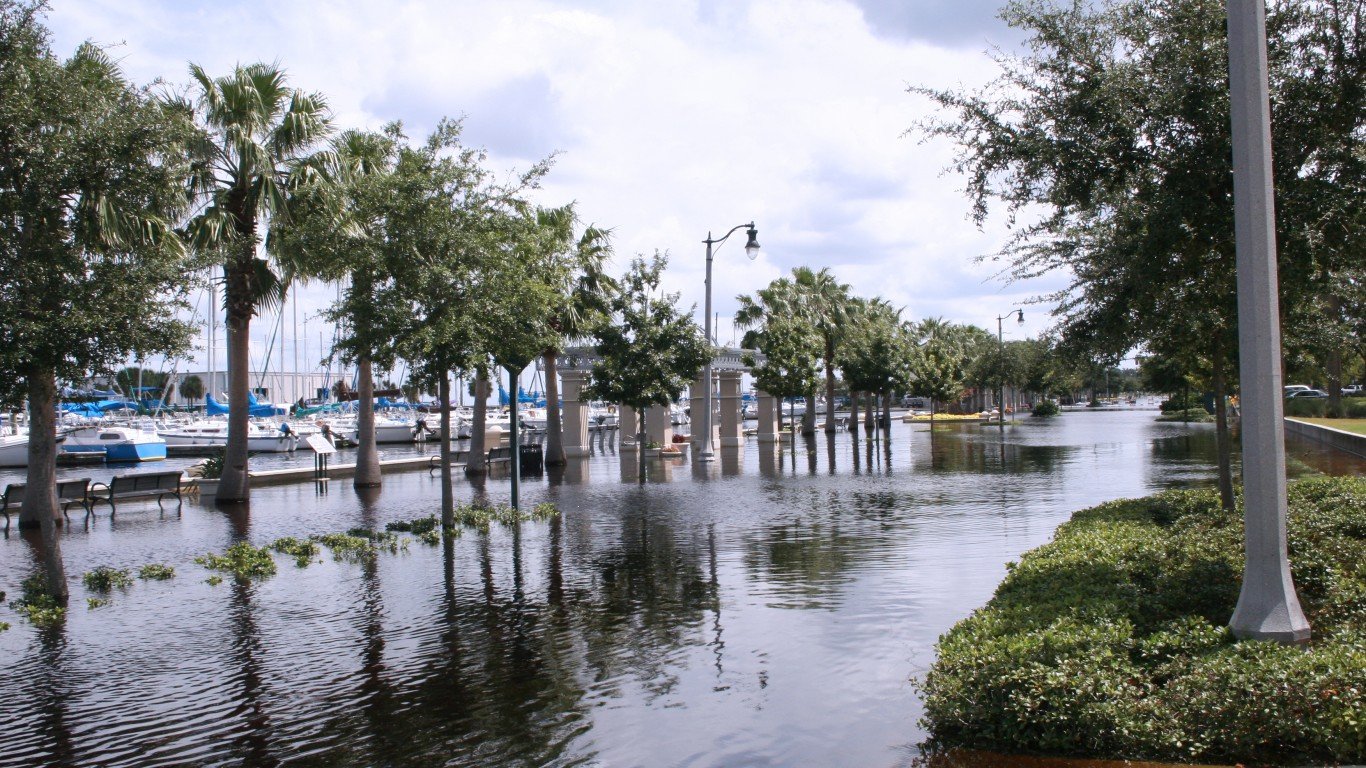
13. Florida under water
More than 1 million Florida homes are at risk of flooding by 2100, and many major coastal cities will be at least partially under water.
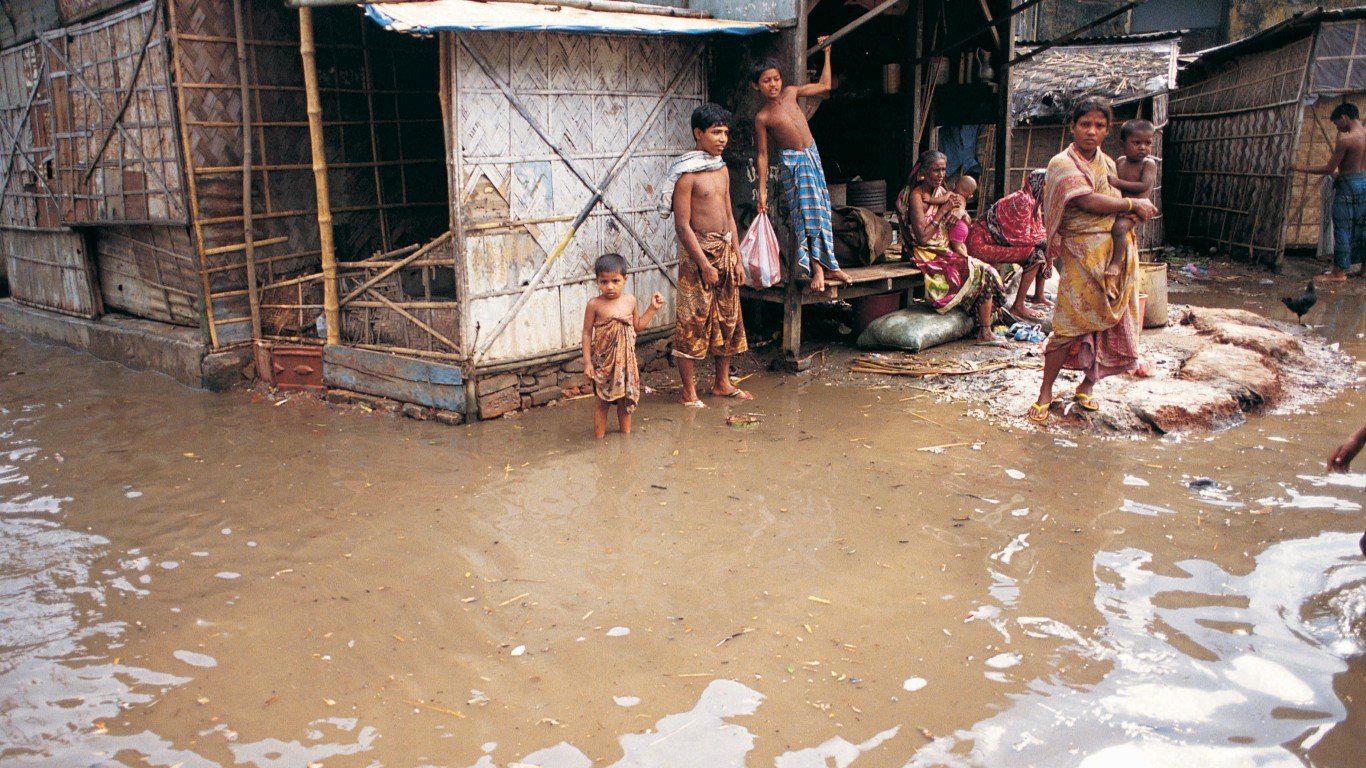
14. Bangladesh flooded
A 3-foot sea level rise would flood 20% of the landmass of Bangladesh, displacing an estimated 30 million people.
[in-text-ad-2]
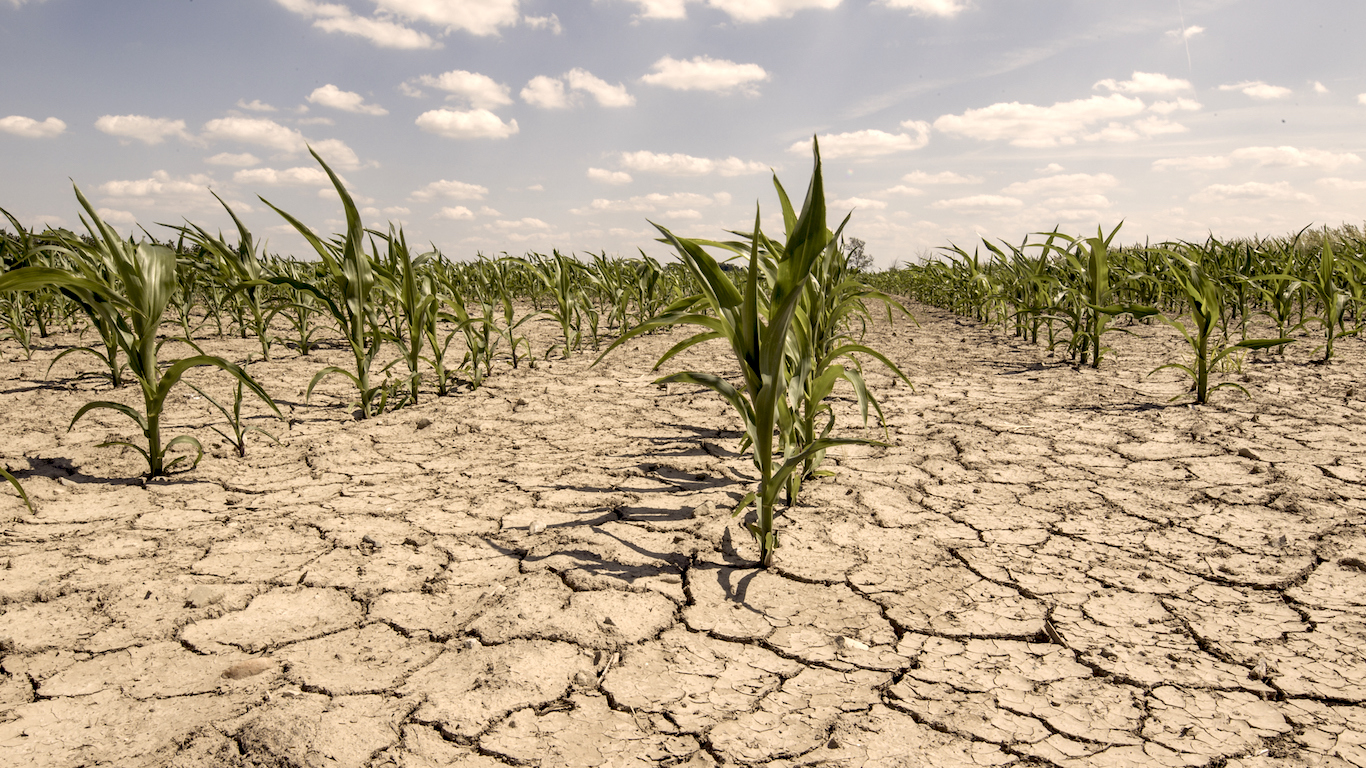
15. Widespread drought
By one estimate, available drinkable surface water per person will fall from 6,880 cubic yards in 1951 to 1,046 cubic yards by 2025.
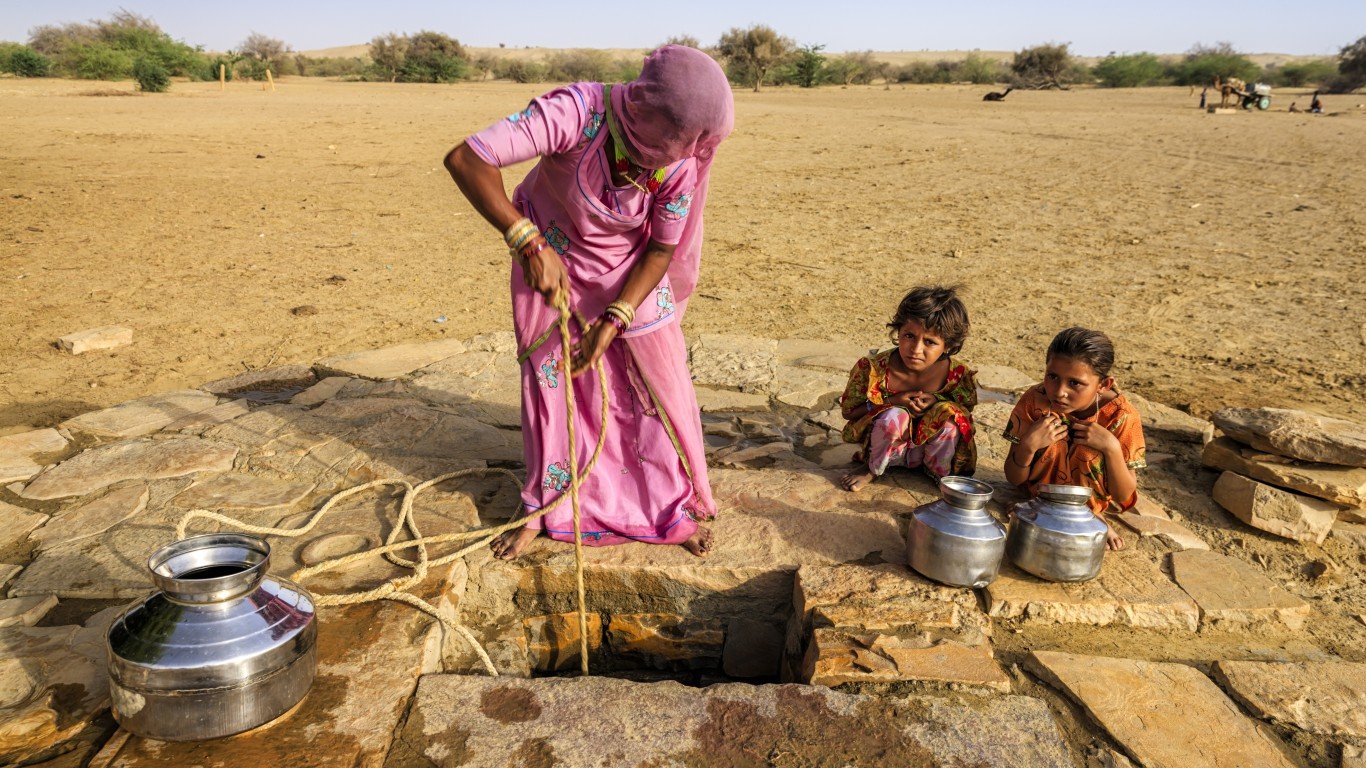
16. Severe water scarcity
As many as 2 billion people will experience water scarcity by the end of the century. One estimate projects a gap of 40% between global water demand and reliable water supply already by 2030.
[in-text-ad]
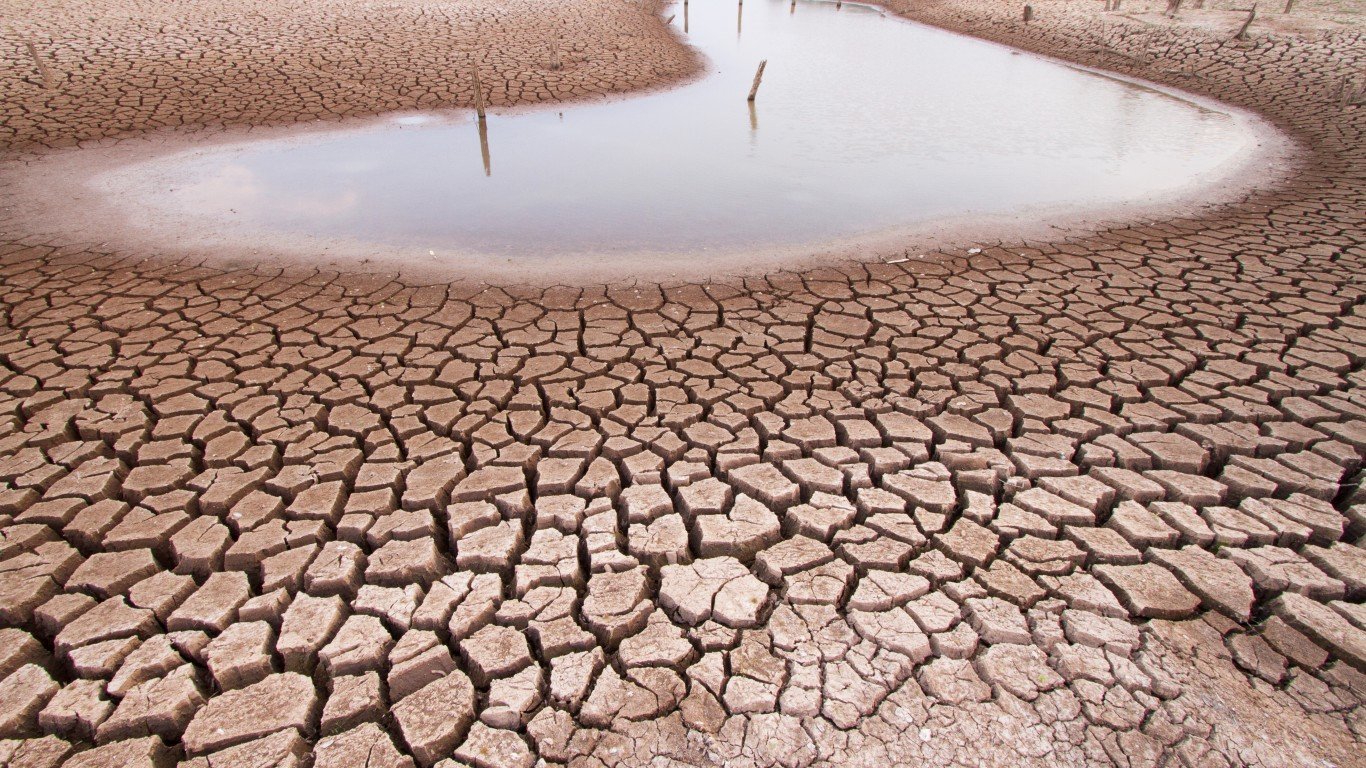
17. Severe drought in India and Pakistan
India’s national water supply is forecast to drop to half of demand as soon as 2030, and Pakistan will face severe water scarcity by 2025.

18. Increase in vector-borne diseases
Changes in temperature, precipitation rates, and humidity is expected to increase incidence of diseases like increases in diseases like malaria and dengue fever.
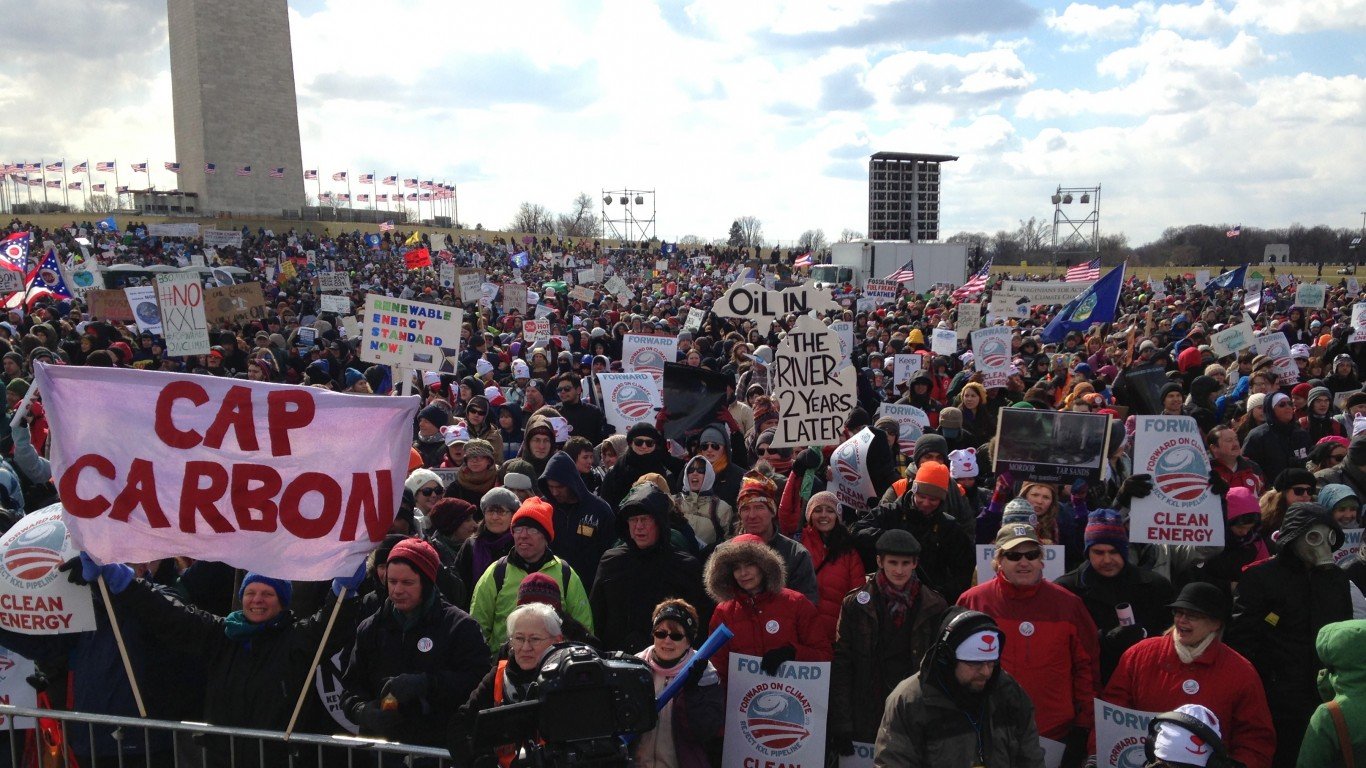
19. Extreme political instability
Changes in available food and water resources, mass migrations, and other issues could result in widespread instability in regional governments as well as severe conflicts.
[in-text-ad-2]

20. Nuclear war
Scientists have not ruled out the possibility of nuclear war as a result of climate change.

21. Widespread forced migration
Rising seas and regional conflicts could lead to large migrations, resulting in homelessness and deteriorating health among the refugees, and resources stretched thinly in nations supporting them.
[in-text-ad]

22. Starvation and food riots
Scientists predict widespread regional declines in crop yields, particularly in fertile river deltas such as the Nile, due to rising sea levels. The result will be widespread food scarcity, which could contribute to regional instability.
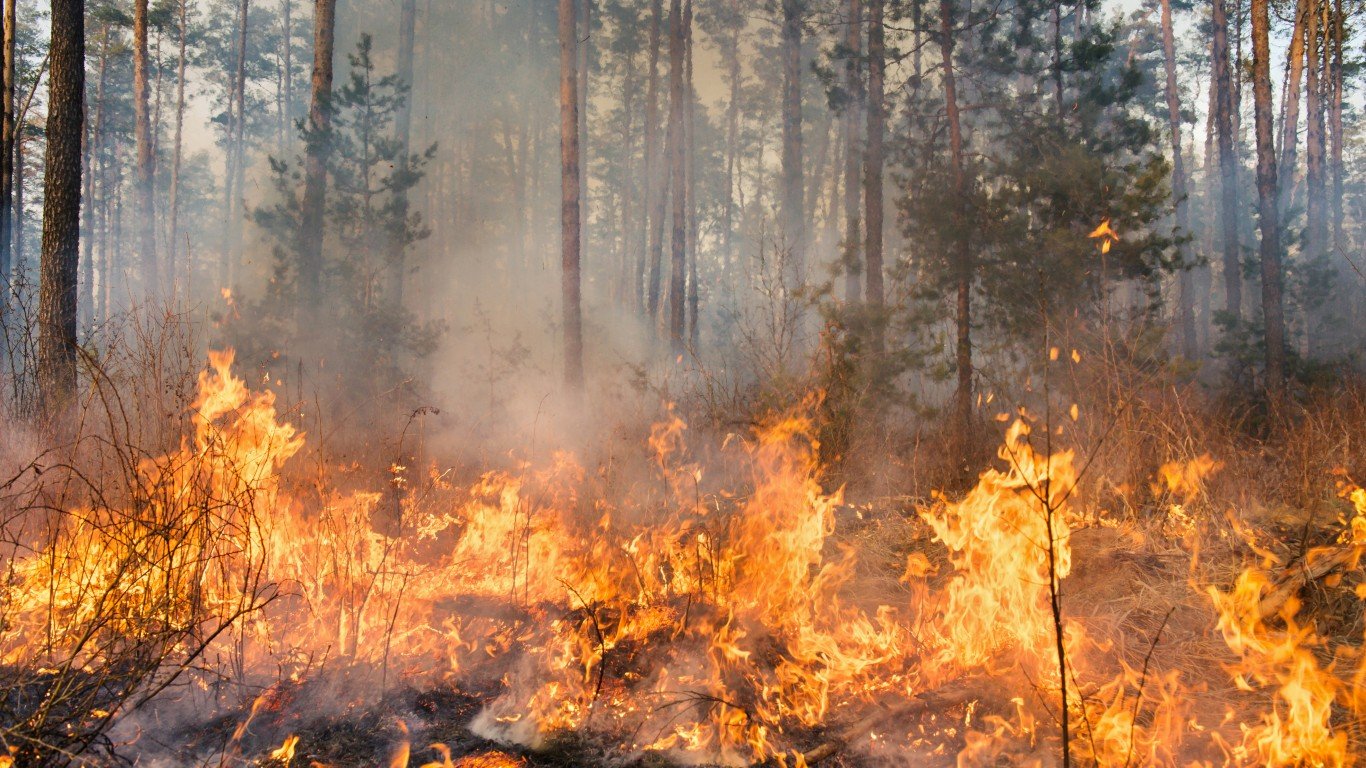
23. Major increase in wildfires
Wildfires in the United States have already rapidly increased in frequency and severity in recent years. Due in part to worsening drought conditions, those fires will only get worse in the coming years.

24. Mass extinction
The extinction of one in every six species on earth, with regionally higher rates, could occur. For example, 1 in 4 species in South America are at risk of dying out.
[in-text-ad-2]
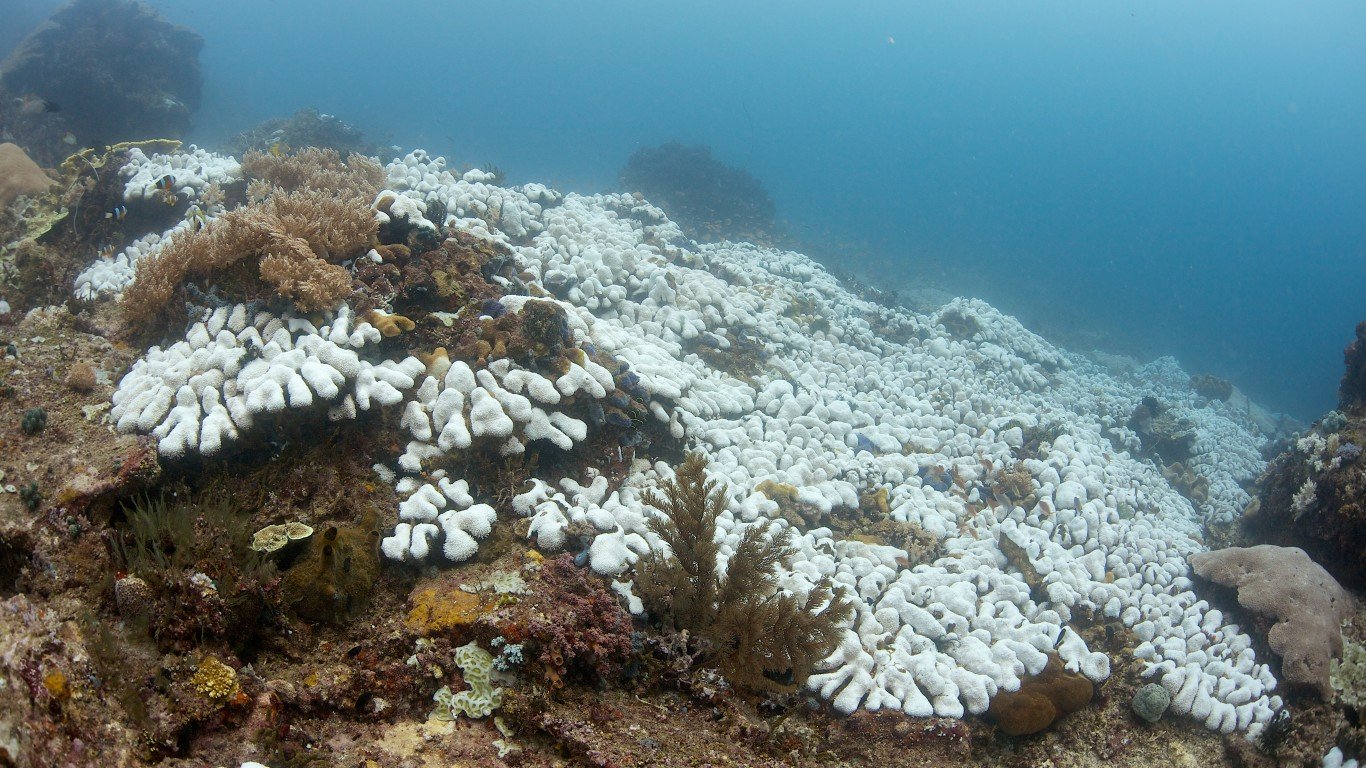
25. Coral reefs completely vanish
With average temperature warming of just 2.0°C over pre-industrial levels, scientists predict the loss of over 90% of the world’s coral reefs and the delicate ecosystems they support. With warming over 4.0°C, coral reefs would likely vanish entirely.
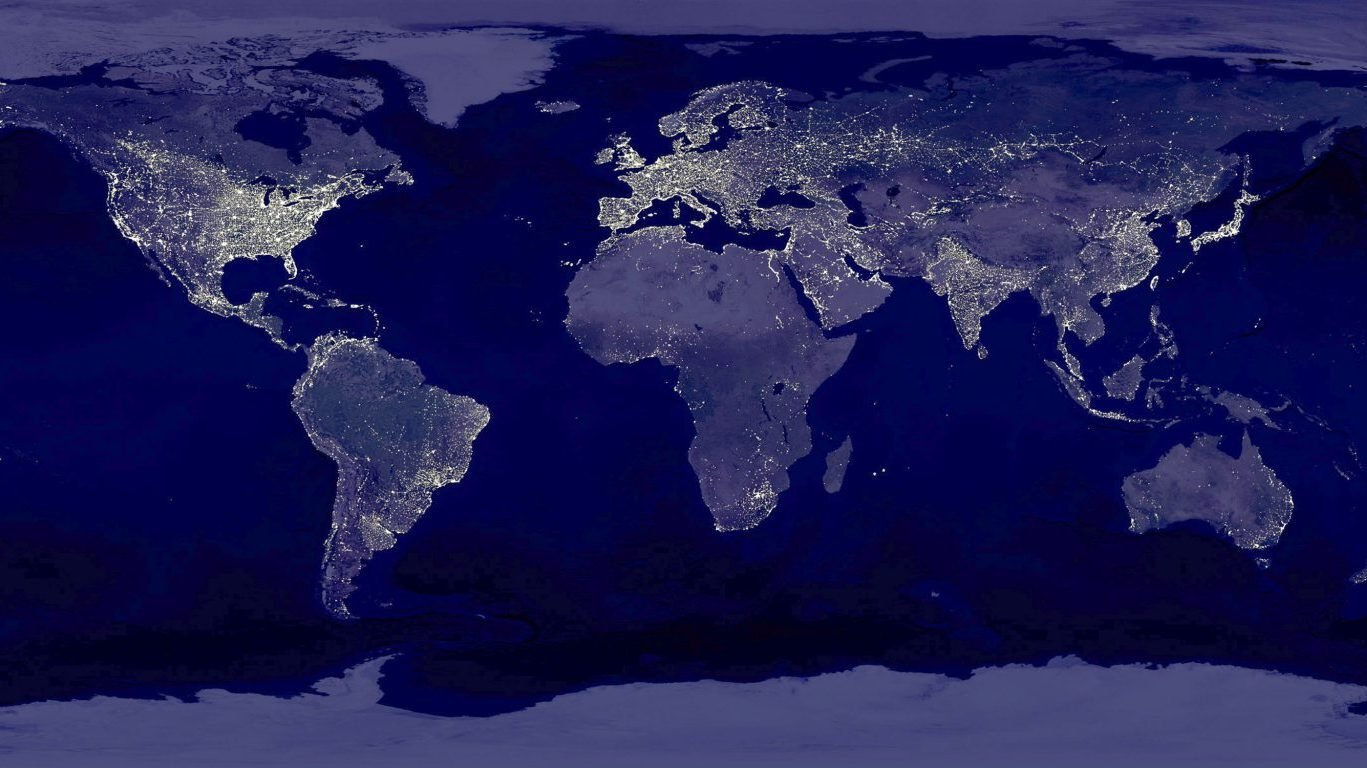
26. Mass human depopulation
All of these conditions, in combination, could result in widespread human death. Kevin Anderson, director at the Tyndall Centre for Climate Change Research, predicts that only half a billion humans would survive average temperature rises of 5°C-6°C.
Ever wanted an extra set of eyes on an investment you’re considering? Now you can speak with up to 3 financial experts in your area for FREE. By simply
clicking here you can begin to match with financial professionals who can help guide you through the financial decisions you’re making. And the best part? The first conversation with them is free.
Click here to match with up to 3 financial pros who would be excited to help you make financial decisions.
Thank you for reading! Have some feedback for us?
Contact the 24/7 Wall St. editorial team.